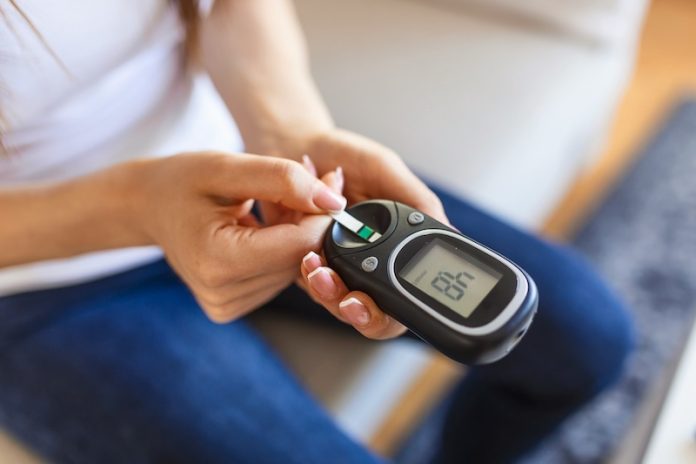
A team of scientists and engineers from Denmark and Germany has created a new system to check blood sugar without the need to draw blood. This noninvasive method could be a game-changer for people with type 2 diabetes, helping them avoid painful daily finger pricks.
The device uses a special type of light technology called Raman spectroscopy to measure sugar levels through the skin. Even better, it needs much less time to adjust to a new user than earlier versions.
The team, from RSP Systems in Denmark, the Institute for Diabetes Technology in Germany, and the University of Munich, published their findings in the journal Scientific Reports. Their research focused on improving a system known as NIGM—short for noninvasive glucose monitoring. Their new version works faster and could be easier for people to use in the future.
Type 2 diabetes is becoming more common around the world. This is mostly due to changes in lifestyle, like lack of exercise and eating too much processed food—the so-called Western diet. People with type 2 diabetes have trouble controlling the level of sugar (glucose) in their blood, and they often need to test it several times a day to manage their condition.
Right now, the most common way to test blood sugar is by pricking a finger, squeezing out a drop of blood, and using a small device to measure it. This method works, but it’s painful, especially over time.
Many people develop scars or thick skin on their fingers, making the process harder and more uncomfortable. That’s why scientists have been working hard to create a device that can do the same job without breaking the skin.
Over the past few years, some researchers discovered that Raman spectroscopy can help measure glucose in the blood. This technique uses light to gather information from under the skin.
But early versions of these devices had problems—they were not very accurate, they picked up too much noise in the data, and they took a long time to “learn” how to measure blood sugar correctly for each new person. In some cases, the calibration process took several weeks.
The new system developed by the team solves one of those major problems. They created a special “pre-trained” calibration model, which only needs two days and ten measurements to adjust to a new user.
That’s a big improvement over past systems. In tests with 50 people who have type 2 diabetes, the system showed strong accuracy when compared to the regular blood-testing devices.
The researchers compared the new system’s results with those of traditional methods and were pleased with the match. The data from nearly 2,000 glucose readings during the study showed that the new system can reliably track blood sugar levels.
While the system is not yet available to the public, the team is excited about its future. They plan to make the device smaller and easier to wear. Their goal is to create something portable—maybe even something people can wear all day to keep track of their blood sugar continuously.
Review and Analysis of the Study
This study is an exciting step toward a future where people with diabetes won’t have to poke their fingers several times a day. By using Raman spectroscopy, the team found a noninvasive way to measure glucose through the skin.
Their biggest breakthrough is the short calibration time. Instead of weeks of setup, their new method only needs two days and a few readings to get started.
This means that the device could be more practical and appealing for everyday use. Accuracy is key for any medical device, and this system performed well when tested against standard tools.
If the researchers can make it small and portable, it could offer a much more comfortable and user-friendly way for millions of people to manage their diabetes. Continuous monitoring without pain would also help people catch blood sugar spikes or drops in real time, improving long-term health outcomes.
In short, the research shows real promise. The next steps will be making the device wearable and ready for everyday life. If successful, it could truly improve quality of life for people with diabetes—and make glucose monitoring as simple as putting on a watch.
If you care about diabetes, please read studies about a cure for type 2 diabetes, and these vegetables could protect against kidney damage in diabetes.
For more information about diabetes, please see recent studies about bone drug that could lower risk of type 2 diabetes, and results showing eating more eggs linked to higher risk of type 2 diabetes.
The research findings can be found in Scientific Reports.
Copyright © 2025 Knowridge Science Report. All rights reserved.



